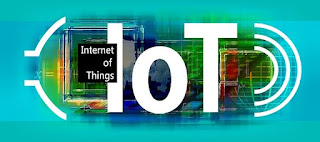Cybersecurity and it's Types
What is Cybersecurity?
Cybersecurity is the practice of protecting computers, software, data, etc from hackers and malicious attackers. Cybersecurity is also known as Information security as all the information stored in computer and servers need to be secured.
Cybersecurity is essential because nowadays every organization like government, corporate, financial, medical, etc uses the Internet and computers. So, the chances of a security breach are high in them. Cybersecurity can be divided into the following categories:
1. Network security
Network security is the process of protecting computers, mobile, etc connected to a network. For example, Network security is essential because nowadays every computer device or IoT device is connected to the internet or other Public/Private network. Hackers can use this network to penetrate these devices and compromise their security.
2. Application Security
Application security is the process of protecting the computer applications like web browsers, mail, etc from malicious attackers. It is necessary to secure these applications because the majority of the personal data is stored in these applications.
Application security can be implemented by securing the apps with passwords, using two-factor authentication, downloading the apps from trusted websites, etc.
3. Information security
Information security is the practice of securing the informational data like Name, Date of birth, location, etc of the user from misuse by any unauthorized person. Information security is implemented on applications, web servers, storage devices, etc. Information security helps an organization from data leaks or the spreading of disinformation.
4. Cloud security
5. IoT security
IoT security is the practice of securing IoT (Internet of things) devices from any malicious attack. IoT devices include smart Tv, watch, refrigerators, etc that are connected to their respective mobile app through a wi-fi network. So, it is necessary to protect them as they also contain important data of the user.







